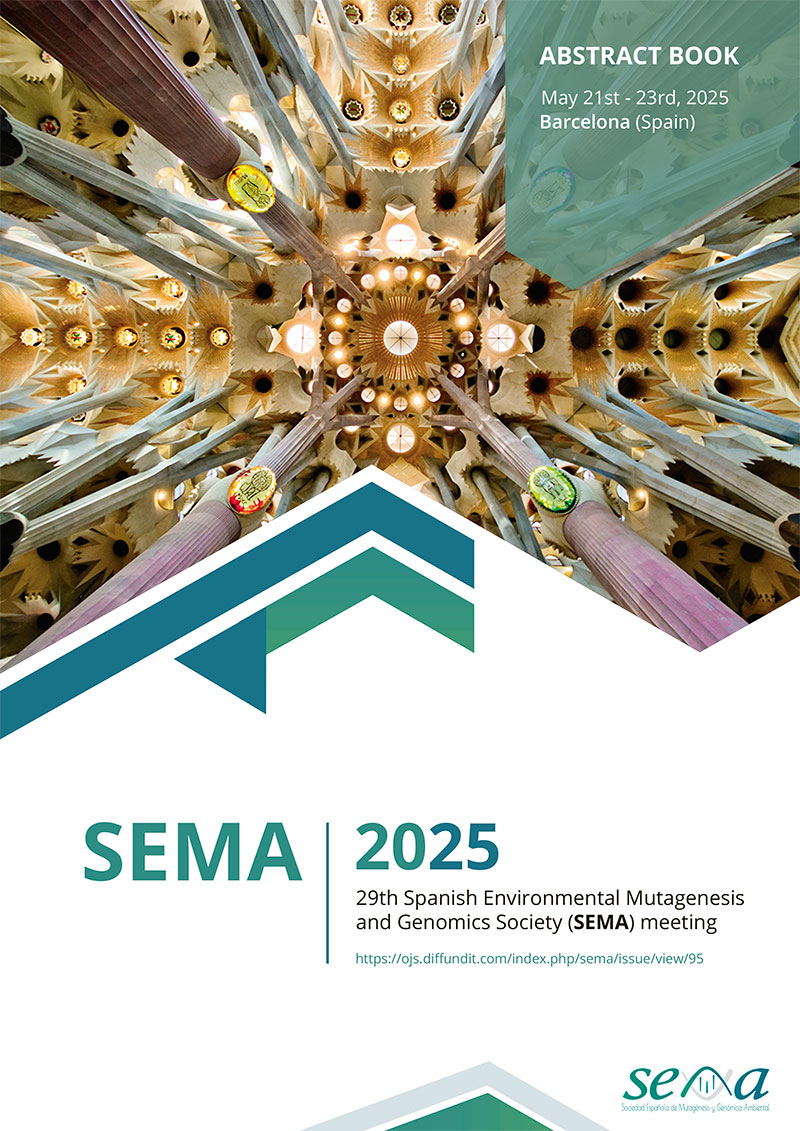Abstract
Micro- and nanoplastics (MNPLs) have emerged as pervasive environmental pollutants, raising growing concerns about their potential health risks. Their documented presence in the human bloodstream highlights the need to understand their interactions with endothelial cells and their role in cardiovascular diseases such as atherosclerosis. However, the full implications of these interactions remain largely unknown. To address this, we investigated the impact of three sizes (30, 50, and 100 nm) of polystyrene carboxylated nanoplastics (PS-C-NPLs) on human umbilical vein endothelial cells (HUVECs) at 100 µg/mL concentrations. By integrating in vitro assays with bioinformatic transcriptomic analyses, we employed a multimodal approach to comprehensively investigate the effects of PS-C-NPLs on endothelial cells. In vitro assessments included nanoplastics (NPLs) internalisation (flow cytometry, confocal microscopy, TEM), morphological and internal complexity changes (flow cytometry), genotoxicity (comet assay), and functional alterations, such as cholesterol biosynthesis (Filipin III staining), migration (wound healing assay), angiogenesis, and inflammation (IL-6 ELISA). Additionally, RNA sequencing provided transcriptomic insights into the cellular response to PS-C-NPLs, complementing the in vitro findings and revealing molecular pathways underlying the observed effects. All three PS-C-NPL sizes were rapidly internalised by HUVECs within 20 minutes, inducing significant alterations in cell morphology, internal complexity, and function. PS-C-NPLs caused genotoxic damage and disrupted cholesterol metabolism, migration, angiogenesis, and inflammatory responses. Notably, some effects exhibited a size-dependent trend, with similarities emerging between carboxylated polystyrene (PS-C) 50 and 100 nm NPLs, while the smallest 30 nm NPL showed slightly distinct responses. Transcriptomic analyses reinforced these findings, revealing shared pathways across all three PS-C-NPLs — linked to cholesterol metabolism, endothelial-to-mesenchymal transition, DNA damage, and inflammation — alongside size-specific molecular signatures. This study is the first to comprehensively link transcriptomic changes to size-dependent functional alterations in endothelial cells induced by PS-C-NPLs. Our findings demonstrate that PS-C-NPLs significantly impair endothelial cell function and integrity in a size-dependent manner, underscoring their potential cardiovascular risks.
Funding: JMP, MMR, and JG hold Ph.D. fellowships from the Generalitat de Catalunya and UAB. AV was supported by a Ph.D. fellowship from the National Agency for Research and Development (ANID) (CONICYT PFCHA / DOCTORADO BECAS CHILE / 2020 -72210237). AGR received funding from the postdoctoral fellowship program Beatriu de Pinós (2020/BP-00277). AH is supported by the ICREA ACADEMIA Programme (Ac2232418). The PlasticHeal project has received funding from the European Union’s Horizon 2020 research and innovation programme under grant agreement No 965196. This study was supported by the Spanish Ministry of Science and Innovation (PID2020-116789RB-C43) and the Generalitat de Catalunya (2021-SGR-00731).

This work is licensed under a Creative Commons Attribution-NonCommercial 4.0 International License.
Copyright (c) 2025 Spanish Journal of Environmental Mutagenesis and Genomics

